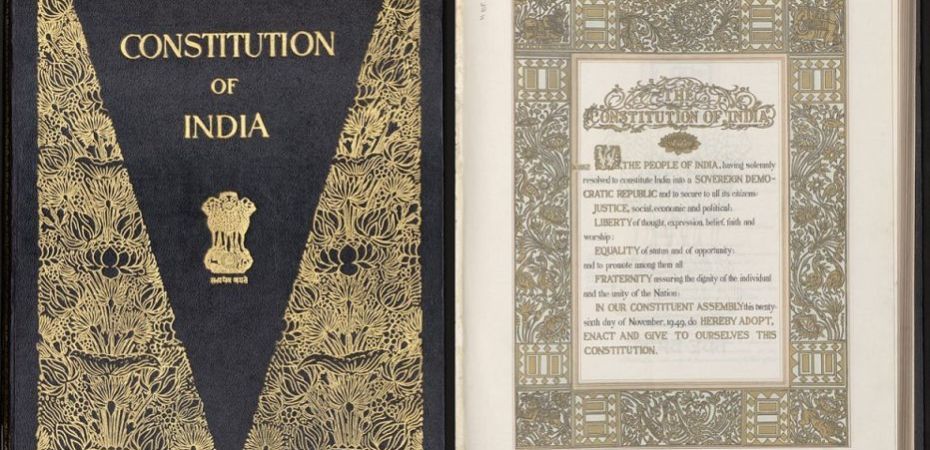Absolute Veto/ Pocket Veto/ Suspension Veto
The main difference between the Absolute veto, Pocket veto and suspension veto
Absolute Veto:
It refer to the President to withhold his assent to a bill passed by the Parliament. The bill then ends and does not become an act.
Usually this Veto is exercised in case of
- A private bill( i;e, A bill introduced by any member of parliament who is not a minister)
- If cabinet resigns before the assent by the President to the government bill and the new cabinet advises the President not to give his assent.
- In 1954, by President Dr. Rajendra Prasad in case of PEPSU Appropriation Bill.
- In 1991, by President R. Venkataraman in case of Salary, Amendments and Pension of Members of parliament Bill.
Suspension Veto:
The President exercises this veto when he returns a bill for reconsideration of the Parliament. However, If the bill is passed again by the Parliament with or without amendments and again presented to the President, it is obligatory for the President to give his assent to the bill. This means that the President veto is overridden by a re-Passage of the bill by the same ordinary majority
The President does not possess this veto in the case of Money bills. The President can either give his assent to a money bill or withhold his assent to a money bill but cannot return it for the reconsideration of the Parliament. Normally President gives his assent to the bill.
Pocket Veto:
In this case, the President neither ratifies nor reject or returns the bill, but simply keeps the bill pending for an indefinite period. This power of the President no to take any action (either positive or negative) or the bill is known as pocket Veto.
This power is once used by Prez. Zail Singh in case of Indian Post office bill in 1986


Comments
Post a Comment